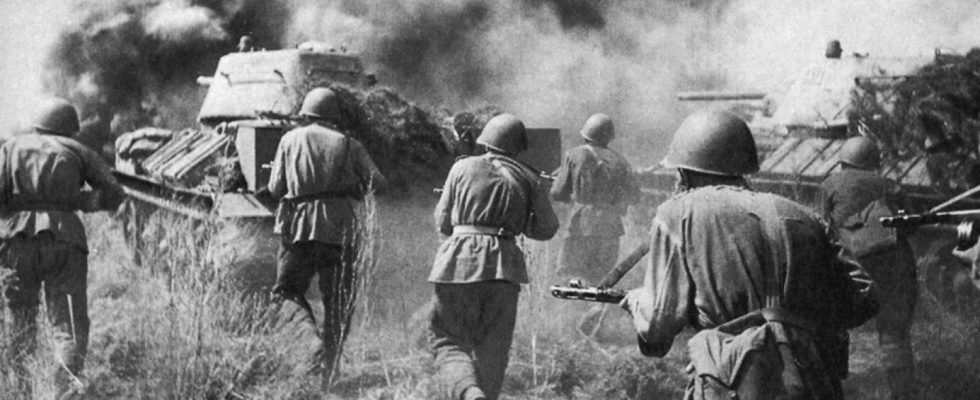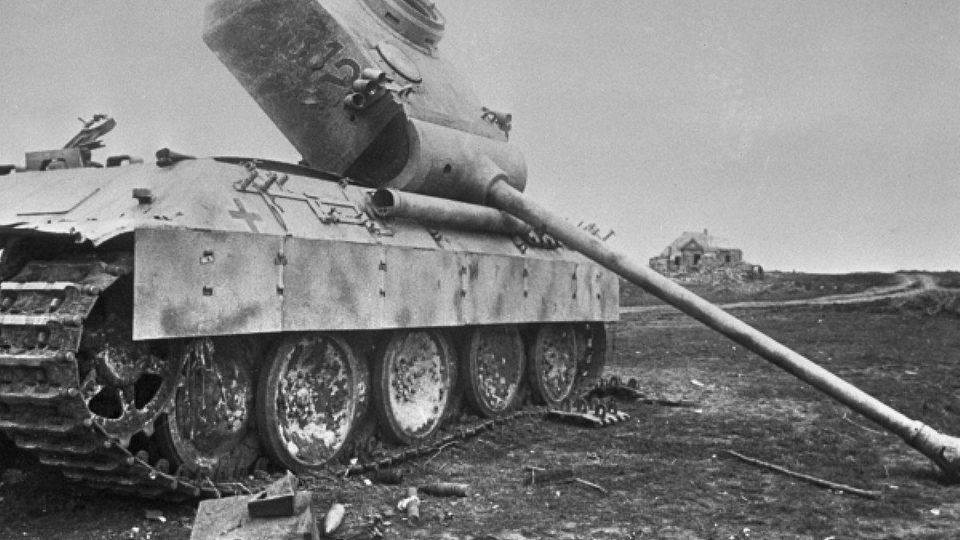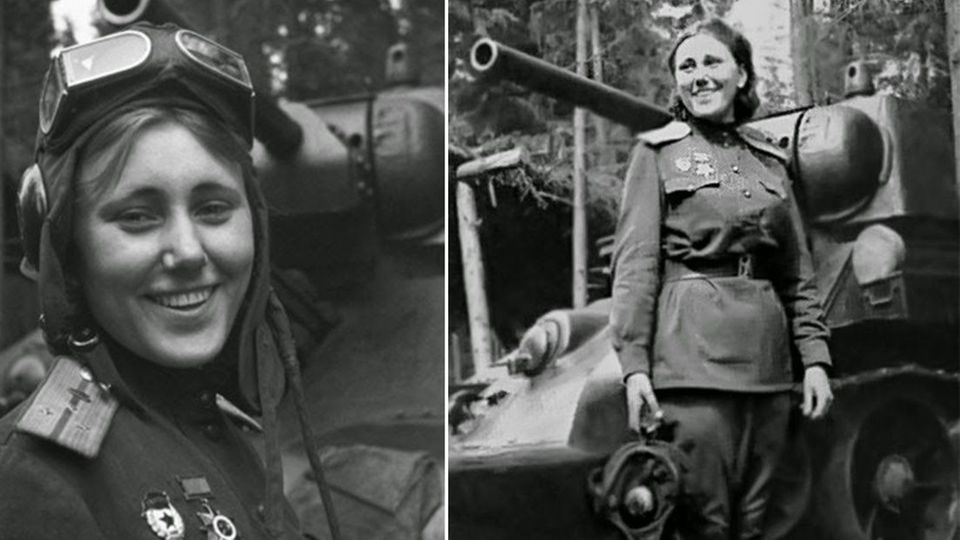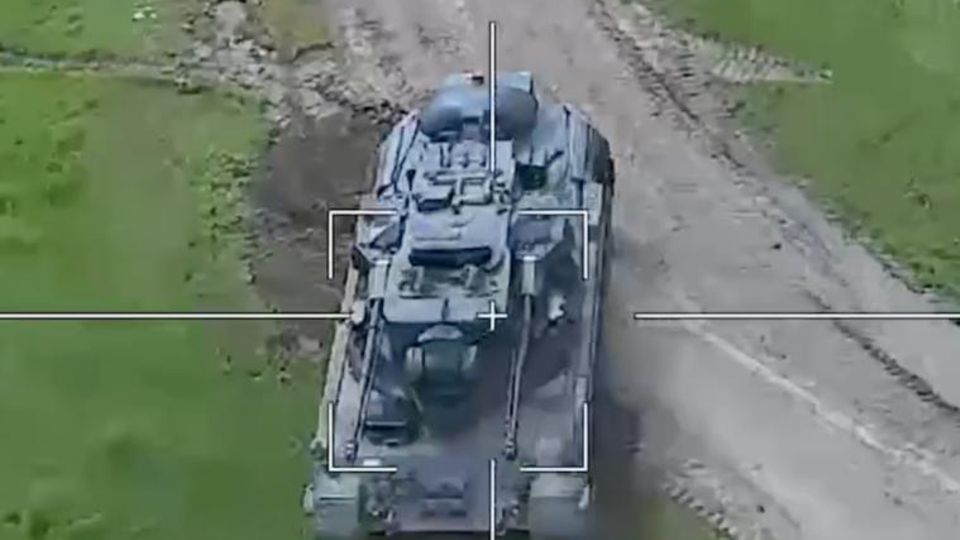The whole world is waiting for the counterattack of Kiev’s troops. But Russia had six months to prepare with a positioning system that defeated the Germans in the Battle of Kursk. Today, smart weapons reinforce the network of trenches, kill zones, minefields, and dragon teeth.
Since the end of 2022, the Russians have been preparing for a counteroffensive by Ukraine. Fortifications and barriers are erected all along the front. The Russian military wants to defeat the Ukrainians in 2023 with the same recipes they used in the Battle of Kursk in 1943 to crush the last major offensive of the German Wehrmacht, Operation “Zitadelle” (Hitler’s offensive at Kursk – the grave of German tanks).
Russia’s military had to acknowledge a reality at the time. Despite the successes before Moscow in 1941 and Stalingrad in the winter of 1942/43, the Russian troops were inferior to the German units in open and mobile combat. They suffered a heavy defeat in the third battle of Kharkov, the armored forces that the Germans had so brazenly encircled at Stalingrad were outmaneuvered and essentially wiped out. After that, the Soviet high command, the Stawka, decided not to take action itself and would rather wait for the German attack.
The last major German offensive in the east
The Soviet troops dug into the front bulge around the cities of Kursk and Orel. They developed into masters of defense, but also of cynicism towards their own troops. Because Moscow’s calculations included that a good part of its own troops should simply be sacrificed.
Only Putin’s soldiers in Ukraine are preparing the same type of defense. The Kremlin doesn’t trust its soldiers to carry out large-scale operations either, and calculates that swearing in is currently the best option. However, the Ukrainian counteroffensive differs from Operation Citadel in several respects. At the time, Stalin was well informed about the German plans, while the Germans were largely unaware of the Russian preparations. Thanks to the US, Kiev should now have far better information about the battlefield than Moscow. The scale is wrong for that. In the Battle of Kursk, enormous numbers of troops were concentrated in a small area. Ukraine’s front line, on the other hand, is over 1,000 kilometers long, and even if the attack is concentrated in one sector, Kiev will only be able to field about 9 to 12 brigades of 4,000 men – that is, about 50,000 men. In 1943, on the other hand, Hitler massed 800,000 soldiers. In the battle, the German attackers never achieved absolute air supremacy, but the Germans nonetheless came up with a veritable air force. Unlike Kiev’s troops, they will launch drones, but massive air support of Kiev’s troops by jets and helicopters over the battlefield is very unlikely.
Defense in depth of space
The Russian defensive positions consist of different elements and do not differ significantly from the Ukrainian counterparts. The basis is still the infantry trench, it massively dampens the effect of mortars and artillery because it intercepts the long-range fragmentation effect. It does not protect against a direct hit. Above all, the ditch has lost its function as a privacy screen when the enemy uses drones that look into the ditch from above.
The trenches, in turn, are surrounded by fortified shelters and bunkers. If you dig them deep enough, they can only be eliminated by direct hits from special bunker crackers.
In addition, villages and towns should be fortified. Ukrainian soldiers proved in Donbass that determined defenders can hold back a superior enemy in armored, urban terrain for a long time. Normally a trench system fixes own troops. However, this changes when positions are created in excess and the enemy cannot initially know which sections are occupied. In the immediate front area, ditches and bunkers are dug with shovels. The Russians, on the other hand, were able to build their fortifications industrially with construction machines. In the Battle of Kursk, the Soviets had first begun digging in tanks. A box has been dug for them, which they can drive into from behind, but which protects the front and sides of the tank with earthen ramparts, with only the turret protruding, offering a small target. That would also be an option for the older T-models, which would have few chances against the western tanks of Kiev in the open field. Added to this is the usual system of camouflage and deception. If such armored boxes are shielded from view above, it is difficult to tell whether they are actually occupied.
Paralyze the opponent
While such positions are designed to contain your troops, barriers and obstacles of all kinds are designed to impede enemy movement and direct them in certain directions. The Russians dig up barricades, deep ditches that even tanks can’t drive over, concrete barriers made of dragon’s teeth and minefields. In addition, there is a peculiarity of the Ukrainian battlefield. For one thing, few bridges are capable of carrying the very heavy western tanks. On the other hand, the formation of mud means that vehicles are at least handicapped off-road. Wheeled vehicles are dependent on the road network over long distances, even when it is dry. Should Kiev succeed in making a deep penetration, the advanced troops will need large quantities of supplies. But it can only be delivered via the road network. Therefore, the Ukrainian armed forces cannot permanently bypass towns and villages, they have to clear the most important road junctions.
The Russians, on the other hand, will try to block the zones favorable for movement. None of the obstacles are insurmountable – but when barriers, dragon’s teeth and ditches are combined with mines, it becomes time-consuming to create safe lanes here. Recent shipments of weapons from the West include equipment for clearing minefields and also for crossing rivers or ditches. Forecasts are difficult to make. “If Russia also uses mines effectively, it will be difficult for Ukraine,” said Mick Ryan, a former major general in the Australian army and combat engineer at Reuters. That would be the case, for example, if dragon teeth and mines were combined. Or the Russians a first Allow passage through the barrier, but then shower the advancing troops in the narrow, cleared alley with mines, which are distributed from afar by rocket launchers
It can also be assumed that the Russians are aware of the possible breakthrough points and have adjusted their long-range weapons such as rockets and artillery to these positions. So the Ukrainian troops could come under fire there. Videos show how the Russians are preparing kamikaze drones as a smart barrier. These quadcopters can only be in the air for a short time, but parked in a lurking position on the ground or inside a building will last much longer. Especially when they are fitted with another ground battery that is left behind when they take off.
Superiority on a section
With a rigid defense, there is a crucial problem for the defender: he has to block hundreds of kilometers, while the opponent can limit his breakthroughs to a few kilometers of frontline – i.e. can establish numerical superiority there. However, a breakthrough through a first line will do the trick. Here, too, the Russians are heeding the lessons of the Battle of Kursk. They set up deeply staggered systems in several lines, in which there are also heavily fortified bases. This forces the opponent to split their forces. Into those that push further and those that widen the initial dip and finally those that include the Russian strongpoints. If Putin’s troops don’t just run away, be it because blocking troops prevent them from doing so, things can quickly get tight for the Ukrainians. Their small forces must not suffer great casualties, nor does their strength allow them to be continually divided. The strategy worked out in the Battle of Kursk. The Germans managed to fight their way through the fortifications, but in the end their elite troops were so exhausted and worn out that Hitler called off the battle.
History doesn’t repeat itself. With Western help, despite Russian pressure in the Donbass, Kiev has managed to deploy a fresh, mobile force equipped with modern weapons. But before the war of the ground forces, there must be a battle of long-range weapons. Kiev must find a way to counter Putin’s artillery and the newly deployed glide bombs so that its own troops can even form an attack. It’s quite possible that weapons like the Himars Launchers will gain crucial successes here in order to prepare the offensive. But if Putin doesn’t prepare for the counteroffensive with concrete and mines alone and has a large reserve of smart weapons, things will be difficult. Currently, the kamikaze drone Lancet is working very effectively against the Ukrainians. With a range of 40 kilometers, it covers the staging area of a counterattack. The Russians shouldn’t have too many of these weapons (Lancet drones destroy four S-300s and damage a German Gepard anti-aircraft tank).
The drama of high expectations
It is dawning on many of Kiev’s supporters that the tale of stupid Russians and invincible Ukrainians could become dangerous. When numerous “experts” are already announcing the liberation of Crimea, the bar for success is set very high. Serious supporters of Kiev are wondering what will happen if Kiev cannot live up to these lofty expectations and the counter-offensive does not achieve spectacular successes. Dominic Nicholls, co-editor of The Telegraph, fears that failure after an overly ambitious effort will put heavy pressure on Kiev to accept a negotiated settlement on Moscow’s terms. He warns: “From this perspective, pursuing modest gains that maintain Ukraine’s military strength and coherence without relinquishing international political support might be a better goal.”




